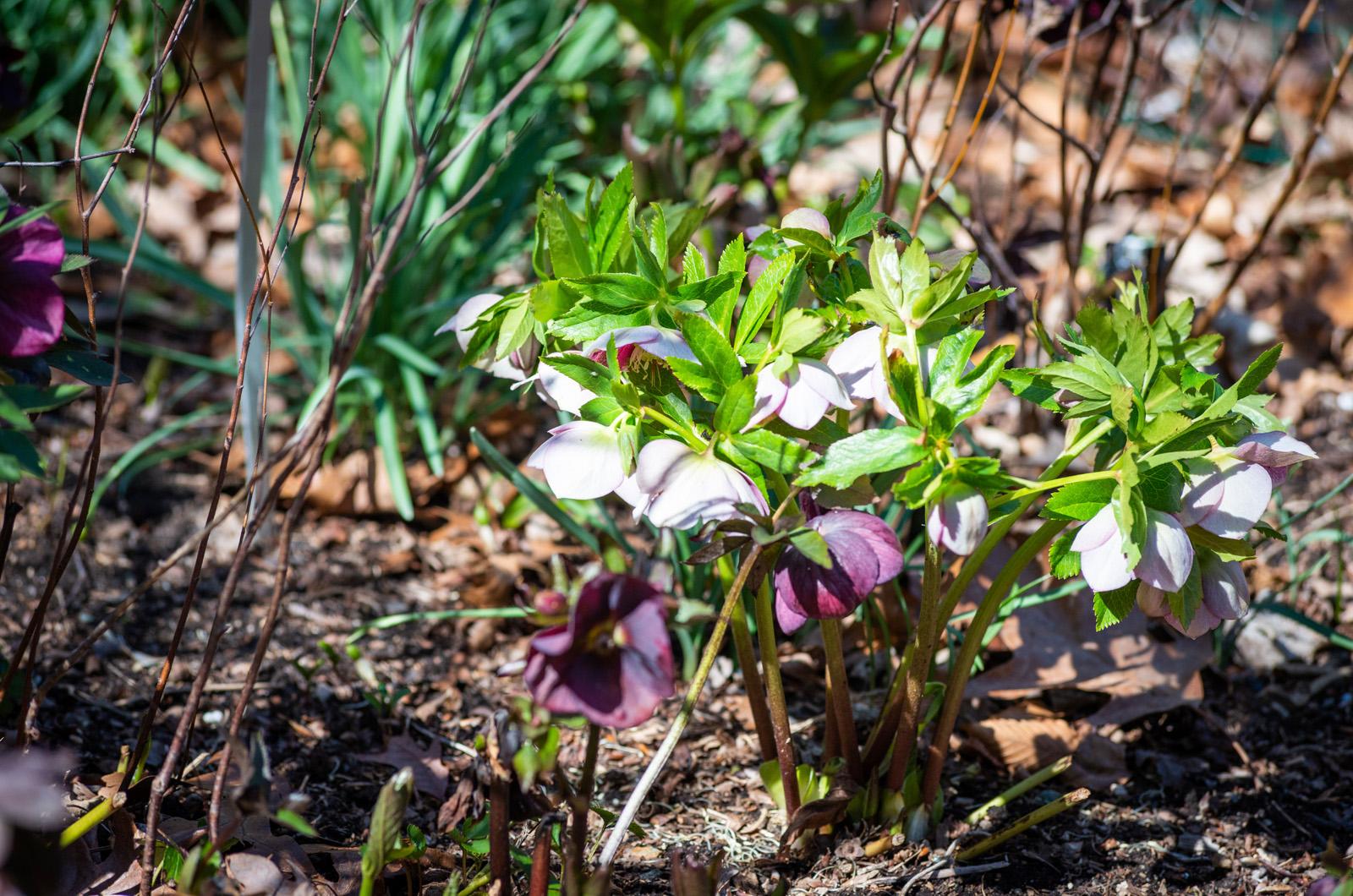Flowers? In February?
It was a surprise last week to be on a walk, bundled up for the wind and cold, and wander upon a blooming flower.
German gardener, writer and philosopher Karl Foerster also wondered about a “strange plant that enjoys turning winter and the world upside down and blooming bright green for months from fresh, dark green bushes.”
The evergreen plant that laughs at winter and blossoms despite the season is stinking hellebore. Helleborus foetidus — also called dungwort, stinkwart, bearsfoot and oxheel — translates into injurious food.
Eating this plant is a recipe for disaster. All parts are considered poisonous, so keep the kids and pets away from this non-native landscape plant. Consumption can cause violent vomiting and delirium. In one tale of wartime trickery, residents of the ancient city of Krissa held off its besiegers for 10 years, only to be overcome when the enemy put hellebore root in the local river, thereby poisoning the city’s water supply.
Despite its reputation for causing illness and death, hellebore has been used for healing. Roman poet and philosopher Lucretius explains the contradiction, “Hellebore, which is a violent poison for us, nevertheless fattens goats and quails.”
Greek physician Melampus, too, observed its meditative effects on goats, and milked those that consumed hellebore to provide curing cream for the daughters of the King of Argos who were “divinely afflicted with madness.” Reportedly, he saved them rather than the potent poison killing them. The story is a myth after all.
There are other suggestions for medicinal use of hellebore, including as an abortifacient, to treat worm and parasites, cure boils and remedy the body from black bile. And if death came from these treatments, it could be blamed on the disease rather than the doctor that prescribed the poisonous plant.
Stinking hellebore hails from Europe and Asia. It was brought to this country as a landscape plant, so it won’t be usually be found in the wildlands. I observed it at the edge of a garden in West Chop.
While not considered invasive, the plant spreads in an unusual way with the help of slithering snails and crawling ants. Snails and ants are attracted to oily elaiosomes — fleshy structures — on the outside of the seed. After eating these nutritious nuggets, the seeds are either transported by the ants or stuck on slime that is carried along with those snails, thereby dispersing the seeds away from its mother plant.
Hellebores have scents that only that mother could love. Consider the odor that has been described as odd, earthy, roast beef-like, similar to a wet dog — ugh! — and even comparable to coffee. The scent is not strong, though it can be appreciated or not when the plant is crushed.
Known for producing copious amounts of nectar, hellebore is codependent with yeasts that are attracted to its nectar. The growing yeast produces heat that attracts pollinators that are scarce this time of year. The partnership provides warmth, which will attract the few and far between winter-flying insect pollinators.
While you won’t see many of these brilliant stinkers, this hellebore can and should be appreciated for their ability to pass the smell test when it comes to winter survival.
Suzan Bellincampi is Islands director for Felix Neck Wildlife Sanctuary in Edgartown and the Nantucket Wildlife Sanctuaries. She is also the author of Martha’s Vineyard: A Field Guide to Island Nature and The Nature of Martha’s Vineyard.




Comments
Comment policy »